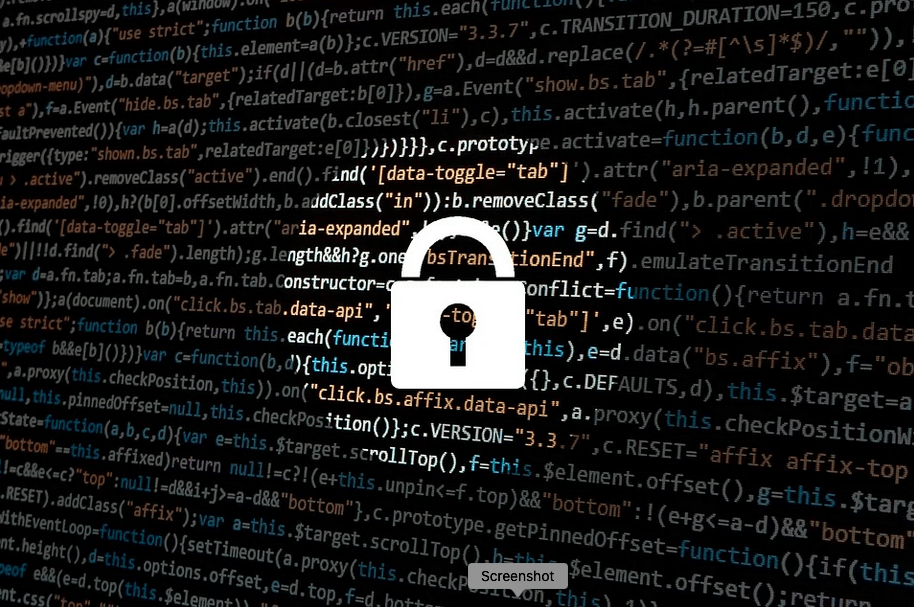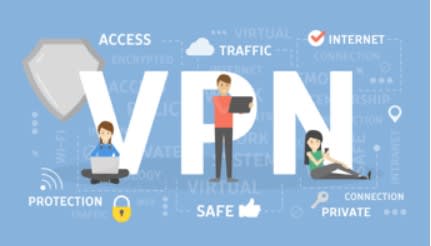Security Tips for Work from Home
Organizations and individuals must know some of the measures that will help them prevent remote working security threats

Introduction
Digital nomad trends and work-from-home environments have recently received incredible exposure. As per the report, around 36.2 million USA citizens will work from home by 2025. Yes, remote working has been there since time immemorial. But the pandemic and post-pandemic periods drove the world to undergo a tremendous change in basic assumptions that saw the conventional office-working environment transition quickly to a world of isolated employees, peddling their skills and responsibilities from the comfort of their homes. And things seemed to happen rapidly and instantly. There was no prior warning; employees were just told, "You should not report to work tomorrow. Everything else will be done from home."
At that point, employees and organizations became vulnerable. There was the problem of misaligned team performance, technical challenges, blurred work-life boundaries, and remote-working cybersecurity challenges. But of all challenges associated with working from home. Organizations and individuals must know some of the measures that will help them prevent remote working security threats.
Work From Home Security Threats
The need for organizations to implement remote working caught most of them off-guard. Organizations were forced to deploy and enforce remote working without having clear strategies, resources, or technical knowledge of how best this could be done. Mistakes were made, data became vulnerable to hackers, and companies opened doors to data breaches.
Although most network security challenges that face remote workers are nothing new, the reality that users, organizations, and security teams do not have the total capacity to prevent these threats due to remote working is a riddled threat. Some of these threats are predictable, while others are not. Phishing attacks, spear-phishing, malware threats, BYOD threats, insider attacks, and unauthorized access are some of the most prominent security threats in the remote-working landscape.
Security Tips for Securing the Remote-working Landscape
The surge in security threats related to remote working should be a wake-up call for all webmasters, IT experts, and companies to put up relevant and working measures to help mitigate the menace. No organization is ready to face data breaches' heavy burdens and costs. Details of IBM'S 2021 Cost of Data Breach report show that the average cost of a data breach was $1.07 million higher in breaches where remote working was a factor. The following are some work from home security measures you can implement to protect the remote-working environment.
1. Using the Anti-virus Software
Malware attacks such as viruses, spyware, ransomware, and trojan horses are among the most rampant threats hackers use to infiltrate systems. And there is no way around them other than having a perfectly-functioning anti-malware software. Anti-malware software will protect your remote work from malware infections, so you must have it.
2. Buy SSL Certificate for Your Website
If you are running a website, you have no option but to buy SSL certificate for the website's security. With SSL, your website will run on HTTPS rather than the HTTP protocol, enhancing its security. The certificate will encrypt all incoming and outgoing pieces of information, concealing them from prying eyes and eavesdroppers. The communication between your company servers and user browsers' will be enhanced. You also need to ensure that you communicate safely with your remote workforce, which is why this certificate is significant to your organization.
3. Ensure your Operating System and Software are Up to Date
Staying on top of software and operating systems updates is a crucial element of remote-working security. The logic behind updating software and operating system regularly enables you to use the latest security updates. The latest updates come to patch the security vulnerabilities in older versions. Failing to install these updates means you are choosing to remain vulnerable, which puts your remote work right in the jaws of cybercriminals.
4. Be Keen with Wi-Fi and Network Security
Securing your home Wi-Fi is a very crucial tip. It does not matter whether you use your employer's device or your device. Hackers want to access your remote work by breaching the Wi-Fi network. The first measure you should take is to change your router's default password to a more complex and hard-to-guess password. Moreover, I highly recommend changing the wireless network's name to something that excludes any personal information.
Other Wi-Fi security measures that you can implement, and which will help to enhance your remote-working security include enabling network encryption and avoiding public Wi-Fi. Public Wi-Fi has proved to be hotspots for hackers, so you should avoid them.
5. Using Virtual Private Networks
It would help if you got a virtual private network, especially when using your computer to accomplish your tasks. With a virtual private network, unauthorized parties cannot access your traffic. Therefore, a VPN will secure the information transmitted between the employer and the remote workforce through data encryption.
The VPN is designed to protect sensitive data from being intercepted by cybercrooks and data criminals. One thing to note about VPNs is that you must never turn them off when working. Otherwise, you become vulnerable to data breaches.

https://remoters.net/tools/vpn/
6. Beware of Phishing Scams
The sudden wave towards remote-working has also invited a plethora of phishing scammers who try to capitalize on prevailing circumstances to flood victims' emails with fake and malicious messages. Phishing messages tied to the pandemic are ubiquitous. The messages take advantage of the victim's curiosity and thirst for information on the subject of the pandemic.
For instance, a remote worker might receive an email that seems to be from their organization informing them of a new corporate policy related to Covid-19. The email contains an attachment or link that the hacker wants you to click on. But thorough scrutiny into the email will conclude that the message it contains is not what it says to be. It is a phishing fraud and opening the attachment or clicking on the email will unleash a host of malware distribution into your network.
Remote workers should be on the lookout to try and filter out legitimate emails from phishing emails. The remote workforce should be warned about opening links or attachments without verifying their sources as a safety measure. Remote employees should also be trained and educated about phishing frauds and how to identify them.
7. Employee Training and Development
The remote working landscape came with mobility hitches to the IT teams. Regular employees now did most of the work meant for cybersecurity experts. This caused a significant hindrance because most, if not all, regular employees do not have the skills and knowledge required to accomplish cybersecurity tasks. The most viable solution would be to initiate an employee training and awareness program.
The program should aim to enlighten remote workers about the risks and cyber security threats likely to face them. They should be taught the best measures they should have to protect their work and systems from such vulnerabilities. The training and development program also offers an excellent opportunity to spell out policies that can help protect the organization from remote working threats. From the training program, the remote workforce will learn about the best course of action to take in case of a security breach.
8. Adhere to Best Password Practices
All devices, accounts, and systems used by remote workers should require entering passwords. The Wi-Fi and routers should also be protected with strong passwords.
However, the journey does not just end at having passwords. It is essential to ensure that the passwords are as strong and unique as possible. Combining characters and using long passwords for remote devices and accounts should be compulsory for all remote workers. Similarly, the remote workforce should be enlightened about the best password storage practices. In addition to using passwords to secure devices and accounts, employees should also apply multiple-factor authentication to boost authentication security.
9. Separate Work Devices and Personal Devices
Separating work devices and personal devices is another significant security aspect remote workers need to adhere to. Although it might seem convenient to log into your work account using your device or browse through your social media accounts using your work device, doing so is not recommended. Personal devices might lack enough security to protect data for your remote work. The best strategy here is to use work devices when accomplishing your remote work.
The Bottom Line
There is enormous freedom that comes with remote working. However, remote workers also have a tremendous responsibility to protect their environments from work from home security issues. This article has highlighted some of the threats associated with remote working and viable solutions to these threats.
